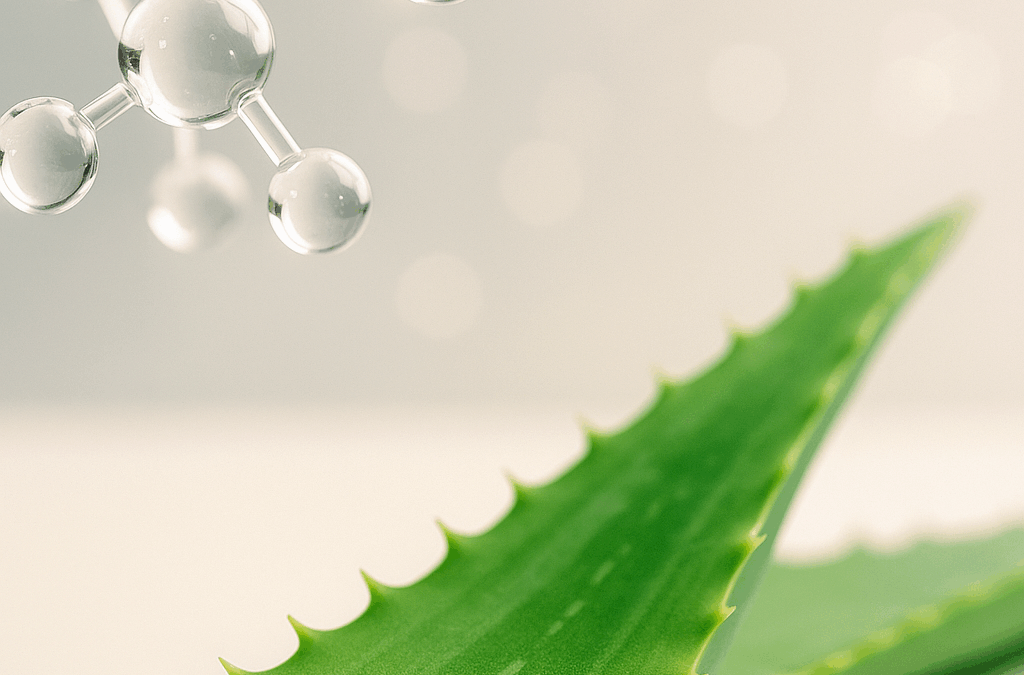🌿 Aloe Vera in Fall: scientific studies on skin benefits
🍂 Introduction
With the arrival of autumn, the skin has to deal with drier air, wind and temperature changes. Result: dehydration, “pulling” skin, redness, loss of elasticity. Dermatological literature confirms that cold seasons & low humidity worsen dryness & skin comfort (American Academy of Dermatology: dry skin advice).
In this scenario,Aloe Vera is a natural ally: it moisturizes, soothes and supports the skin barrier. Its properties are reported in clinical reviews (NCBI/PMC) and pharmacological updates(MDPI – Molecules).
❄️ Why skin suffers more in autumn
- Low humidity → skin loses more water (TEWL) and appears less elastic.
- Wind & temperature changes → promote redness and micro-irritation.
- Inadequate routine → aggressive cleansing and insufficient moisturization worsen dryness.
Practical directions in line with dermatologists: AAD guidelines for dry skin.
🌿 Why Aloe Vera in autumn
Aloe Vera Barbadensis Miller contains polysaccharides (e.g., acemannan), vitamins (A, C, E), minerals, and amino acids that act synergistically:
- Moisturizing humectant – polysaccharides bind water and improve epidermal hydration(MDPI – Molecules).
- Soothing action-useful on irritated or reddened skin; evidence gathered in NCBI/PMC clinical reviews.
- Barrier support-antioxidants and nutrients contribute to comfort and more even appearance.
🧴 Fall routine with Aloe (simple and effective)
Morning
- Gentle cleansing.
- Aloe gel as a humectant serum (thin layer on face and neck).
- Nourishing cream to “seal” in moisture.
- SPF even in autumn.
Evening
- Double “soft” cleansing.
- Aloe mask 2× week (10-15 min, warm rinse).
- Aloe gel + night cream.
- Eye contour: one drop of gel tapped.
Outdoor/Weekend
After wind and cold: Aloe compress on cheeks and nose area for 10 minutes → immediate relief.
🔬 What the studies say
- Cold weather = more dryness → AAD practical recommendations: dry skin in winter.
- Aloe → documented moisturizing/soothing effects: NCBI/PMC review and MDPI – pharmacological properties.
- Safety & warnings on oral use: toxicological review (NCBI/PMC).
🛒 How to choose a good Aloe gel.
- High actual percentage (ideally ≥ 97% Aloe Vera Barbadensis Miller).
- Cold processing to preserve active ingredients.
- Transparent, fragrance-free and alcohol-free gel.
- Internal gel only (not latex with aloin).
🔗 Internal insights
🌟 Conclusion
Fall is the perfect season to boost hydration and skin comfort. Aloe Vera, with its polysaccharides and antioxidants, helps retain water, soothe and support the barrier. With a simple routine and products with high concentration and purity, skin copes better with cold and wind.

